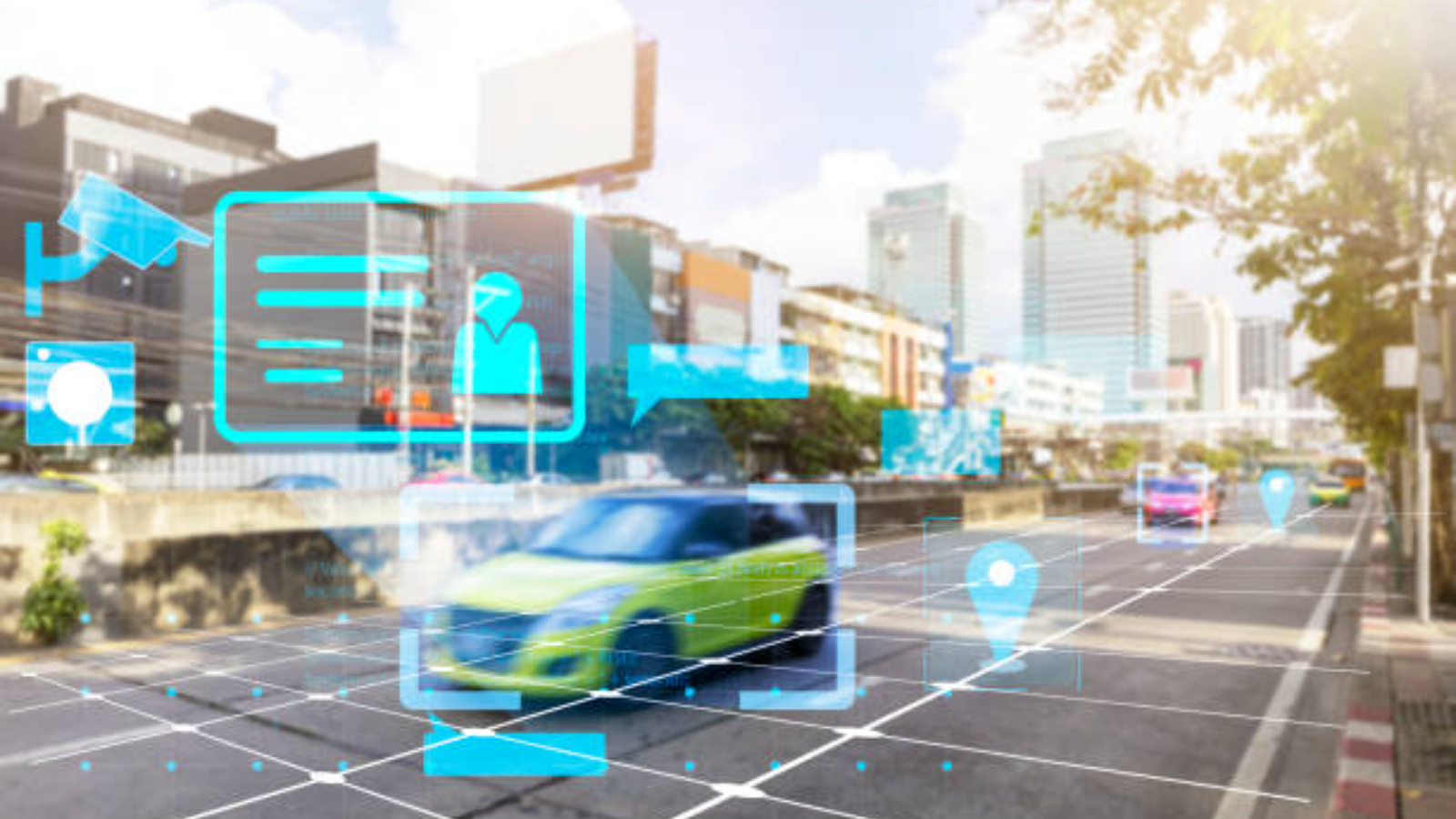In this Article
Introduction
The concept of smart cities has been gaining momentum over the past few years, driven by the need for sustainable urban development and the integration of advanced technologies into city infrastructure. Smart cities aim to improve the quality of life for their residents by optimizing resource usage, enhancing public services, and fostering economic growth.
This article delves into the core idea of smart city infrastructure, exploring its components, benefits, and challenges. We will also discuss how the AlphaX ecosystem can be crucial in addressing these challenges.
Understanding Smart City Infrastructure
Smart city infrastructure refers to integrating digital technologies, data analytics, and the Internet of Things (IoT) to manage a city’s assets and resources efficiently. The primary goal is to create a more livable, sustainable, and resilient urban environment. Here are some key components of smart city infrastructure:
1. Intelligent Transportation Systems
Intelligent transportation systems (ITS) are designed to improve traffic flow, reduce congestion, and enhance public transportation services. These systems use real-time data to optimize traffic signals, provide real-time updates to commuters, and facilitate efficient route planning.
- Traffic Management: Advanced traffic management systems use sensors and cameras to monitor traffic conditions and adjust traffic signals accordingly. This helps reduce congestion and improve travel times.
- Public Transportation: Smart public transportation systems offer real-time information on bus and train schedules, helping commuters plan their journeys more efficiently. These systems also enable contactless payments and optimize routes based on demand.
- Autonomous Vehicles: The integration of autonomous vehicles into the transportation network can further enhance efficiency and safety. These vehicles use sensors, cameras, and AI algorithms to navigate and communicate with other vehicles and infrastructure.
2. Smart Energy Management
Smart energy management systems aim to optimize energy consumption, reduce waste, and promote the use of renewable energy sources. These systems use data analytics and IoT devices to monitor and control energy usage in real-time.
- Smart Grids: Smart grids use advanced sensors and communication technologies to monitor and manage electricity distribution. They enable better load balancing, reduce outages, and facilitate the integration of renewable energy sources.
- Energy-Efficient Buildings: Smart buildings use IoT devices and automation systems to optimize energy usage. This includes smart lighting, HVAC systems, and energy-efficient appliances.
- Renewable Energy Integration: Smart cities promote the use of renewable energy sources such as solar and wind power. Advanced energy storage systems and micro grids help manage the variability of these energy sources.
3. Connected Public Services
Smart city infrastructure enhances public services by leveraging digital technologies and data analytics. This includes everything from waste management to public safety and healthcare.
- Waste Management: Smart waste management systems use sensors to monitor waste levels in bins and optimize collection routes. This reduces operational costs and minimizes the environmental impact of waste collection.
- Public Safety: Smart surveillance systems, emergency response systems, and predictive analytics improve public safety. These systems enable real-time monitoring and quicker response times to incidents.
- Healthcare: Telemedicine, remote monitoring, and data analytics improve healthcare services in smart cities. These technologies enable better patient care, reduce hospital visits, and improve disease management.
4. Sustainable Urban Planning
Sustainable urban planning is a critical aspect of smart city infrastructure. It involves designing cities that are environmentally friendly, resilient, and capable of supporting a growing population.
- Green Spaces: Smart cities prioritize the creation and maintenance of green spaces. These areas improve air quality, provide recreational opportunities, and enhance the overall quality of life.
- Resilient Infrastructure: Smart cities invest in resilient infrastructure that can withstand natural disasters and climate change. This includes flood-resistant buildings, efficient drainage systems, and robust transportation networks.
- Community Engagement: Smart cities use digital platforms to engage residents in urban planning processes. This ensures that the needs and preferences of the community are considered in development projects.
Conclusion
Smart city infrastructure represents the future of urban living, offering numerous benefits such as improved efficiency, sustainability, and quality of life. However, the implementation of smart city solutions also presents challenges, including data privacy concerns, high costs, and the need for interoperability between different systems. By addressing these challenges, we can unlock the full potential of smart cities and create a better future for urban residents.
How Can We Help?
The AlphaX ecosystem is designed to address the challenges associated with smart city infrastructure. Our comprehensive suite of solutions includes advanced data analytics, IoT integration, and sustainable urban planning tools. We work closely with city planners, government agencies, and private enterprises to develop customized smart city solutions that meet the unique needs of each community.
To learn more about how AlphaX can help you build a smarter, more sustainable city, visit our contact page.
References
Related Blog Posts
How Smart Cities Connect: Getting Started with Edge AI and IoT Technology
How to Get Started with Edge AI and IoT Technologies in Smart Cities: Overcoming Integration Challenges In recent years, the concept of smart cities has evolved from a futuristic Read More
5 Step Strategy: Ensuring Security and Privacy in 15-Minute Smart Cities
Introduction Ensuring security and privacy in 15-minute smart cities is a critical challenge as urban areas become increasingly connected through IoT and edge AI technologies. These cities aim to Read More
What is a smart city and the challenge of legacy systems
How to Get Started with Integrating Legacy Systems in Smart Cities Smart cities are transforming urban landscapes by leveraging technology to improve the quality of life for residents. However, Read More




